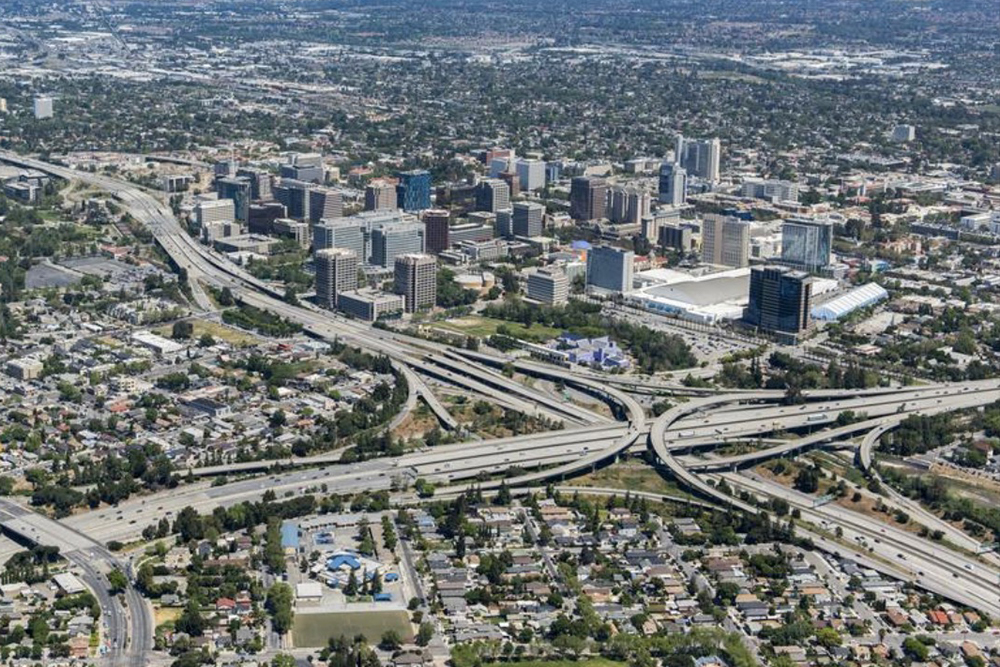In these projects, I apply machine learning to tackle practical, real-world problems across various domains. By leveraging data-driven methods, I demonstrate how machine learning can provide efficient and scalable solutions to complex challenges, ranging from infrastructure monitoring to addressing social issues.
Damage Detection for Railway Track
The need for the maintenance of railway track systems have been increasing. Traditional methods that are currently being used are either inaccurate, labor and time intensive, or does not enable continuous monitoring of the system. As a result, in-service train vibrations have been shown to be a cheaper alternative for monitoring of railway track systems. In this paper, a method is proposed to detect different maintenance needs of railway track systems using a single pass of train direction. The DR-Train dataset that is publicly available was used. Results show that by using a simple classifier such as the k-nearest neighbor (k-NN) algorithm, the signal energy features of the acceleration data can achieve 76% accuracy on two types of maintenance needs, tamping and surfacing. The results show that the transverse direction is able to more accurately detect maintenance needs, and triaxial accelerometer can give further information on the maintenance needs. Furthermore, this paper demonstrates the use of multi-label classification to detect multiple types of maintenance needs simultaneously. The results show multi-label classification performs only slightly worse than the simple binary classification (72% accuracy) and that this can be a simple method that can easily be deployed in areas that have a history of many maintenance issues.
Quantifying Inequalities
Paper Name: An Agent-based Financing Model for Post-Earthquake Housing Recovery: Quantifying Recovery Inequalities Across Income Groups

Past disasters have consistently led to unequal housing recovery for different economic groups, in large part because of the difficulty to obtain funding for low-income groups. Current earthquake recovery models simplify the process of obtaining funding for homeowners to rebuild after earthquakes. Therefore, current models do not fully capture disparities in the recovery outcomes of economic groups. In this project, we develop an agent-based financing model for post-earthquake housing recovery, specifically for owner-occupied single-family homeowners. The model includes earthquake insurance, Federal Emergency Management Agency grants, Small Business Administration loans, Community Development Block Grants for Disaster Recovery, bank loans, Non-Governmental Organizations aid, and personal savings. We present a case study investigating the housing recovery financing in the economically diverse city of San Jose, California following a hypothetical 7.0 Mw earthquake. By including the financial model in housing recovery simulations, we quantify inequalities in recovery time and total reconstruction completion between income groups. We complement the case study by evaluating several strategies to reduce these disparities and show that a combination of income-targeted funding and redistribution of construction crews can reduce inequalities in regional housing recovery.
The paper for this project is published in Earthquake Spectra. The article can be found here.
The code for this project can be found here.